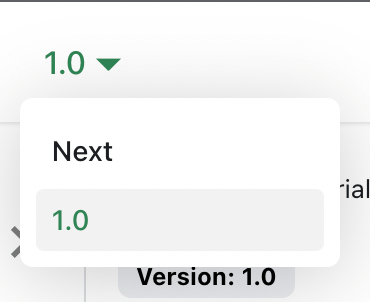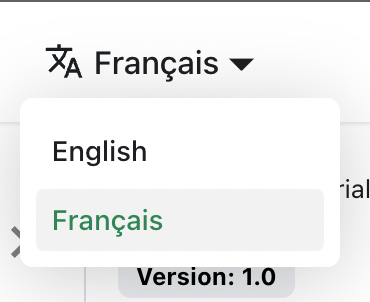Let's discover Docusaurus in less than 5 minutes.
Getting Started
Get started by creating a new site.
Or try Docusaurus immediately with docusaurus.new.
What you'll need
- Node.js version 18.0 or above:
- When installing Node.js, you are recommended to check all checkboxes related to dependencies.
Generate a new site
Generate a new Docusaurus site using the classic template.
The classic template will automatically be added to your project after you run the command:
npm init docusaurus@latest my-website classic
You can type this command into Command Prompt, Powershell, Terminal, or any other integrated terminal of your code editor.
The command also installs all necessary dependencies you need to run Docusaurus.
Start your site
Run the development server:
cd my-website
npm run start
The cd command changes the directory you're working with. In order to work with your newly created Docusaurus site, you'll need to navigate the terminal there.
The npm run start command builds your website locally and serves it through a development server, ready for you to view at http://localhost:3000/.
Open docs/intro.md (this page) and edit some lines: the site reloads automatically and displays your changes.




